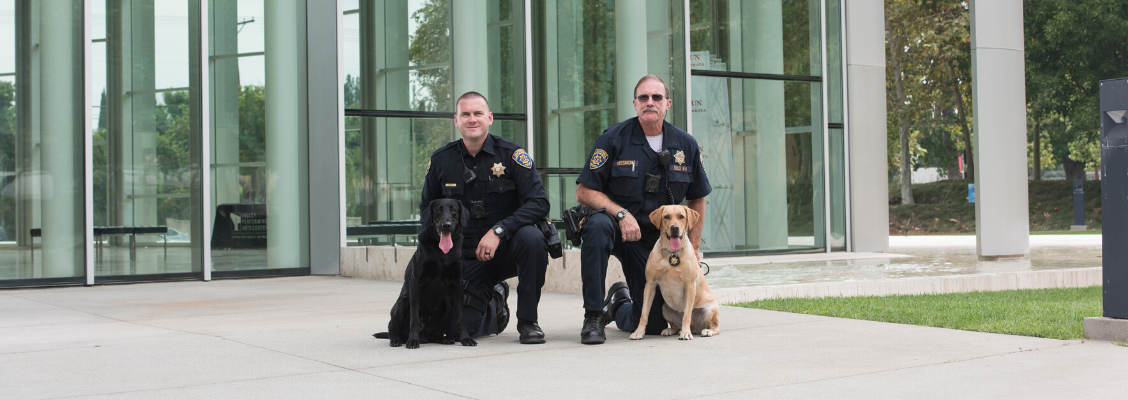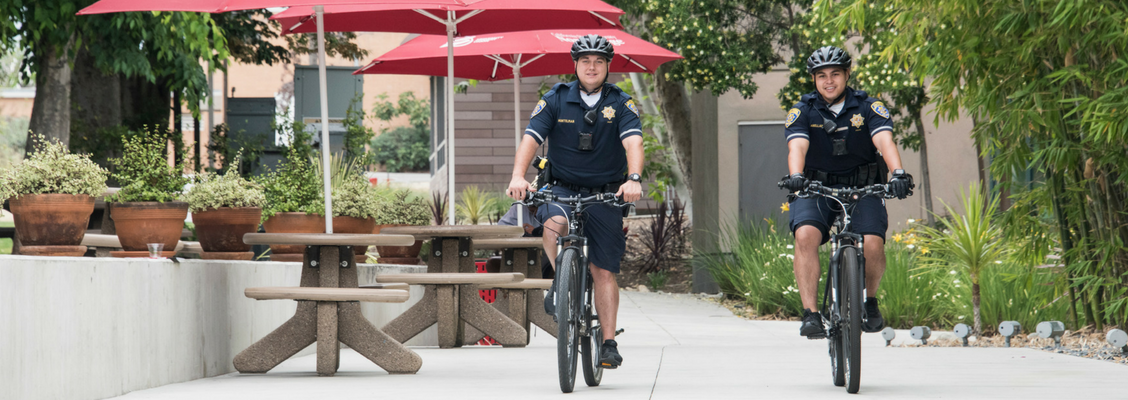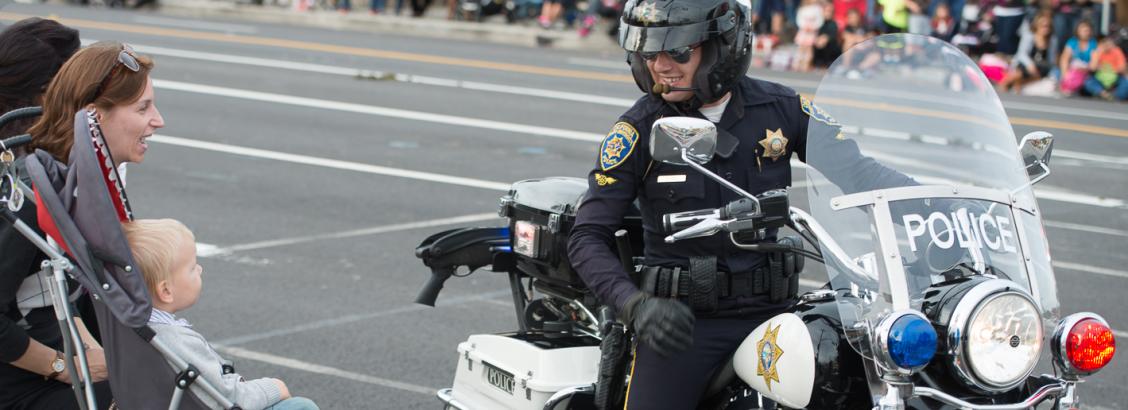What is Domestic Violence?
Domestic violence means abuse committed against any person involved in one of the following relationships:
- A spouse or former spouse*
- A cohabitant or former cohabitant*
- Dating or former dating relationship*
- Engagement relationship or former engagement relationship
- A person with whom the respondent is having or has had a child, where the presumption applies that he male parent is the father of the child
*Includes same-gender relationships
The term "intimate partner violence" is abuse that occurs between two people in a close relationship. It includes current and former spouses and dating partners. Domestic violence can take many forms from beatings, sexual assault, molestation, and even murder. Specific offenses covered include assault of any kind, threatening and intimidating, kidnap or false imprisonment, and trespass. The law also protects family members against fighting, unreasonable noise, abusive language and reckless use of a weapon or dangerous instrument.
Because of the family relationship, victims of domestic violence usually feel afraid, ashamed, and embarrassed. Many are convinced that they did something to deserve the abusive treatment and most feel powerless to change the situation or escape from it. Everyone in a family affected by domestic violence wants to believe that each incident of violence will be the last. Unfortunately, statistics show that the violence tends to become more frequent and more severe with each occurrence. It is important to remember domestic violence is a crime and there is no need to suffer in silence. Help is available for both the victim and the offender.
There are provisions in the domestic violence law, which permits police officers to arrest the offender based on evidence that an offense has occurred. The officer does not have to witness the offense. This law also provides that an offender may be arrested even if the victim is unwilling to press charges. These are important factors in protecting the victim from repeated violence and help to break the cycle of abuse.
Things to Consider in a Domestic Violence Situation
- If you are being beaten or anticipate an attack, leave the scene immediately. Go to a neighbor, friend, or relative for temporary shelter and notify the police.
- Seek medical attention immediately if you are injured. Even if your injuries are minor, you should still see a doctor as soon as possible. Some injuries may not be obvious to you. Tell the doctor exactly how the injuries happened and make sure he or she notes this in your records.
- You may want to talk to someone who can advise you on the availability of family shelters or give you emotional support. These agencies can put you in touch with the help you need.
- Accept the fact that you can't solve the problem by fighting back or trying harder to be "perfect." Instead, consider turning to the protection that is rightfully yours by law.
For Your Safety call the Police
When a police officer arrives, describe exactly what happened. Tell the officer about any injuries such as bruises, cuts, redness or tender areas. Also let the officer know if anyone else witnessed the incident and can support your statement. The officer will decide if there is enough evidence to make an arrest.
If arrested, the offender will be taken away and secured until appearing before a magistrate who will determine the terms and conditions of the release. The penalties for an offender found guilty of domestic violence very greatly. The court may be able to order the offender into a counseling program to being breaking the cycle of violence.
Develop and Implement a Safety Plan
A safety plan is designed to clearly state what to do if you ever need to leave your home and abuser. Creating a safety plan in advance will help you to retain control during your escape. Leaving is very dangerous and it is important to plan in advance to maintain safety.
What should I do in advance?
- Have important numbers nearby (police, friends, family, shelter, hotlines).
- Ask a neighbor to beware of suspicious activity in your home and to call police for help.
- Plan an escape route and practice it often. Plan an escape route from work as well.
- Keep a “ready bag” packed with all of your important documents (driver’s license and registration, birth certificates, social security cards, insurance papers, etc) extra cash, address book, prescription medications, clothes, cell phone, etc. Keep it hidden, but easy to grab quickly.
- Think about where you could go if you need to leave in an emergency, have more than one place in mind.
- Leave extra money, car keys and copies of important documents with someone you trust.
- Open a savings account or get a credit card in your name.
- Have a “code word” to use with your family and others you trust.
Types of Restraining Orders
- Emergency Protective Order (EPO): issued on the spot by a law enforcement officer good for five days, usually until court appearance.
- Temporary Restraining Order (TRO): issued by a judge of the civil court after an application for a TRO has been completed. TRO’s expire three weeks after the date they are issued.
- Domestic Violence Restraining Order (DVRO) or Permanent Restraining Order (PRO): issued by the civil court and usually good for three years.
Signs of an Abusive Relationship
- Misuse of Power and Control
- Using coercion and threats: making or carrying out threats to do something to hurt her
- Using intimidation: making her afraid by using looks, gestures, or actions
- Using emotional abuse: putting her down, making her feel bad about herself, humiliating her
- Using isolation: controlling what she does, who she sees and talks to, limiting outside involvement, using jealousy to justify actions
- Minimizing, denying, blaming: making light of the abuse and not taking her concerns about it seriously, saying the abuse didn't happen, shifting responsibility for abusive behavior, saying she caused it
- Using male privilege: treating her like a servant, acting like the “master of the castle,” making all the big decisions
- Using economic abuse: preventing her from getting or keeping a job, making her ask for money, taking her money, limits access to family income
Why is it Difficult to Leave an Abusive Relationship?
Situational Factors:
- Emotional dependency
- Fear of greater physical danger if they try to leave
- Lack of alternative housing
- Fear of involvement in the legal process
- Cultural or religious restraint
- Fear of retaliation
Emotional Factors:
- Fear of loneliness
- Insecurity over potential independence
- Guilt
- Belief that your partner will change
- Ambivalence and fear over making substantial life changes
The Effects of Domestic Violence
Long-term effects of domestic violence on women who have been abused include:
• Anxiety
• Chronic depression
• Chronic pain
• Death
• Dehydration
• Disassociated states
• Drug and/or alcohol dependence
• Eating disorders
• Emotional “over-reactions” to stimuli
• General emotional numbing
• Health problems
• Malnutrition
• Panic attacks
• Poor adherence to medical recommendations
• Poverty
• Repeated self-injury
• Self-neglect
• Sexual dysfunction
• Sleep disorders
• Somatization disorders
• Strained family relationships
• Suicide attempts
• An inability to adequately respond to the needs of their children
The “Cycle of Violence”
The cycle of violence is a recurring behavioral pattern where the offender swings between affectionate, remorseful, and calm behavior to periods of tension that grows into physical, sexual or emotional violence. The more times the cycle is completed, the less time it takes to complete. As the cycle is repeated, the violence usually increases infrequency and severity.
Getting Help
ON CAMPUS
University Police
Emergency: 911 (From a campus phone)
OR (818) 677-2111 (or from a cell phone)
Non-emergency: (818) 677-2111 (or from a cell phone)
University Counseling Services
(818) 677-2366 (818) 677-7834 (TTY)
Klotz Student Health Center
(818) 677-3666
Free private appointments (818) 677-3658
CSUN HelpLine
(818) 349-HELP (4357)
6:00 PM to 12:00 AM Sunday-Thursday
7:00 PM to 10:00 PM Friday/Saturday
ALL CASES ARE CONFIDENTIAL
OFF CAMPUS
California Courts Self-Help Center Domestic Violence Hotline
1 (800) 978-3600 (Los Angeles County only)
Los Angeles County District Attorney's Office - Family Violence Program
Brochure: "Domestic Violence, There is a Safe Way Out"
Strength United (Formerly, Valley Trauma Center)
(818) 886-0453 (San Fernando Valley)
(661) 253-0258 (Santa Clarita)
LOCAL SHELTERS
Valley Oasis Family Violence Shelter (Lancaster): (661) 945-6736
Haven Hills (Canoga Park): (818) 887-7481
Tamar House Family Violence Project (Van Nuys): (818) 908-5007
Good Shepherd Shelter (Central/West Los Angeles): (323) 737-6111
Peace Over Violence - Rape & Battery Hotline
(626) 793-3385 (310) 392-8381 (213) 626-3393
Back to top







